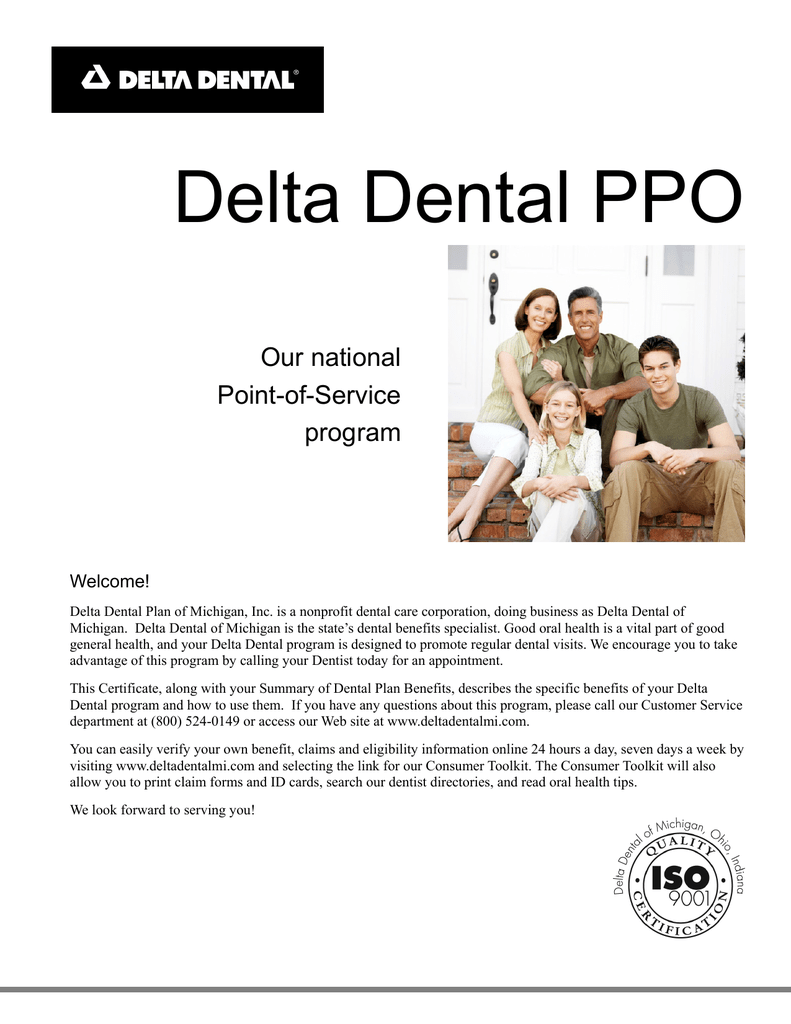

19 The 2 initial and distinct efforts led to an interest in expanding the model nationally with heavy investment from philanthropy, culminating in the National Partnership for Dental Therapy-a coordinated effort between Tribal governments and advocacy organizations to advance equitable oral health policy for all. 18 In 2015, the Commission on Dental Accreditation (CODA) established standards for dental therapy training programs. In 2009, Minnesota was the first state to pass legislation, creating both a DT and advanced dental therapist (ADT). 16 Students initially trained in New Zealand’s long-standing dental therapy training program 17 became the first practicing DTs in the US in 2005. 15 In 2003, the Alaska Native Tribal Health Consortium (ANTHC) developed their dental health aide program under the authority of the Community Health Aide Program (CHAP). 13 In 2000, the Surgeon General’s report on oral health highlighted both the ubiquitous nature of dental disease as well as vast oral health inequalities, 14 followed by a call for improved capacity, diversity, and flexibility of the workforce. 11, 12 In the US, efforts started in the 1960–1970s to expand the scope of practice for allied dental providers, but progress was slow due to opposition by organized dentistry.

10 Global use of DTs and their safety and effectiveness have been demonstrated in various health systems. DTs work as part of the dental care team to serve children and adults, and they provide clinical and therapeutic care including prevention (health education, prophylaxis, x-rays) and routine restorative care (filling cavities, placing temporary crowns, and extracting teeth).

9 One of those promising models was that of dental therapists (DTs).ĭTs are primary care dental providers who practice in >50 countries worldwide. 6, 7 In 2010, following an Institute of Medicine workshop on the dental workforce, 8 emerging workforce models were assessed for their potential to advance equity and reduce health disparities along the Office of Minority Health’s strategic framework for reducing disparities at the individual, environment, and system levels.
#Dental office toolkit minnesota professional#
4, 5 Unsurprisingly, the current dental workforce lacks racial/ethnic diversity and is geographically maldistributed, while the number of dental health professional shortage areas is rising. 3 Professions use the state to maintain these hierarchies through public policy (regulation of allied dental providers, majority female, through boards controlled by dentists, majority male), degree requirements (economic and social gatekeeping), and organized professional resistance to expansion of publicly financed systems of care. Like most professions in the US, the traditional dental hierarchy grew out of the long-standing racial, sex, and colonial exclusionary practices. Workforce innovation can be a central driving force in efforts to reduce health disparities. 2 The process underlying this negotiated redistribution must include “the agency of disadvantaged communities and the responsibility of the state.” 2 This requires deep community engagement and reform of regulatory structures that maintain exclusionary practices with no public health advantage. 1 Addressing oral health disparities requires a fundamental redistribution of knowledge and resources to the communities who bear the greatest burden of disease. 1 These patterns of oral disease burden play out along every social dimension-by income, employment, race, age, geography, and disability status and their many intersections. Oral health disparities in the United States (US) are a defining feature of larger social inequalities and a key marker of disadvantage among the American population.


 0 kommentar(er)
0 kommentar(er)
